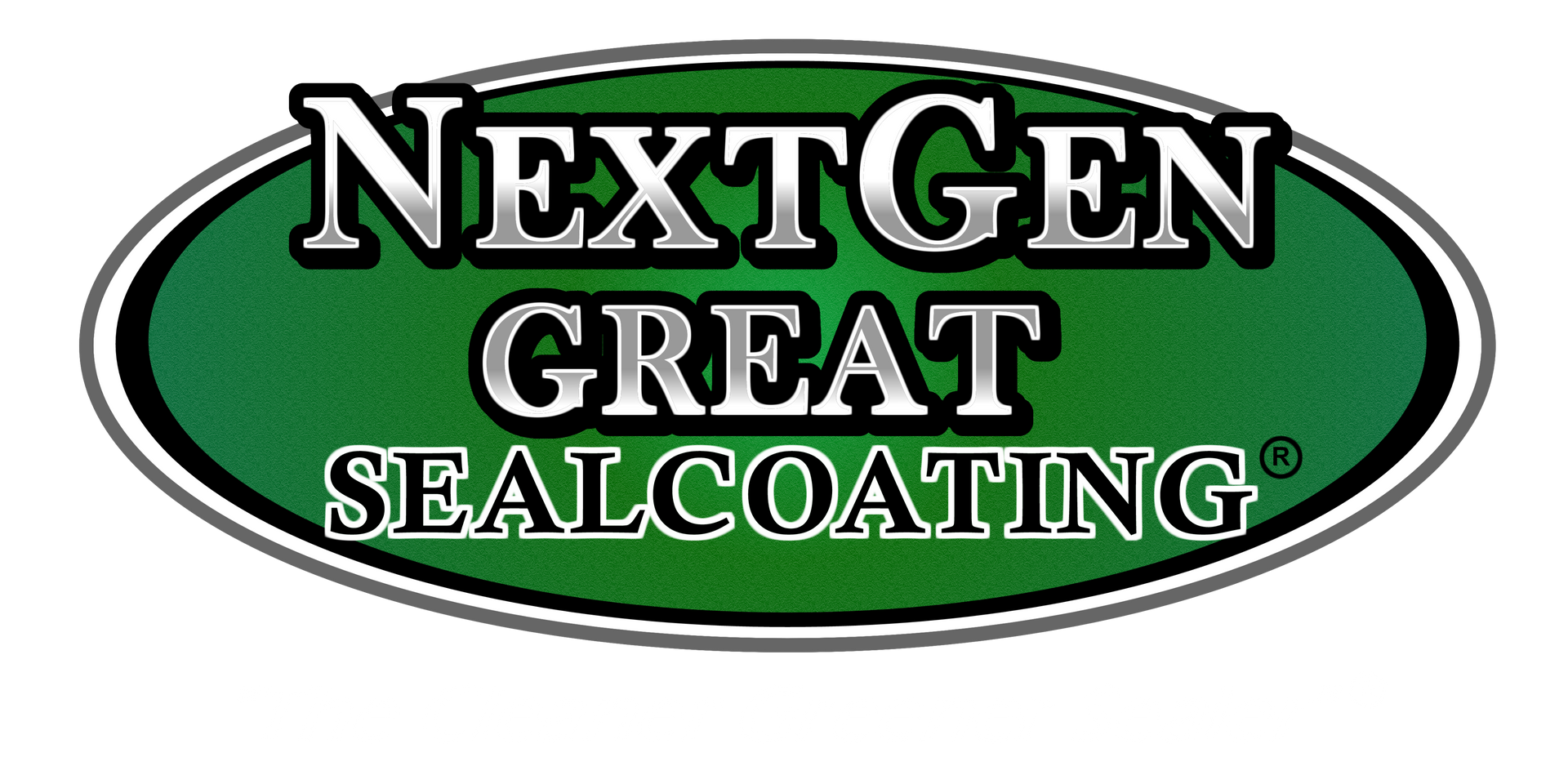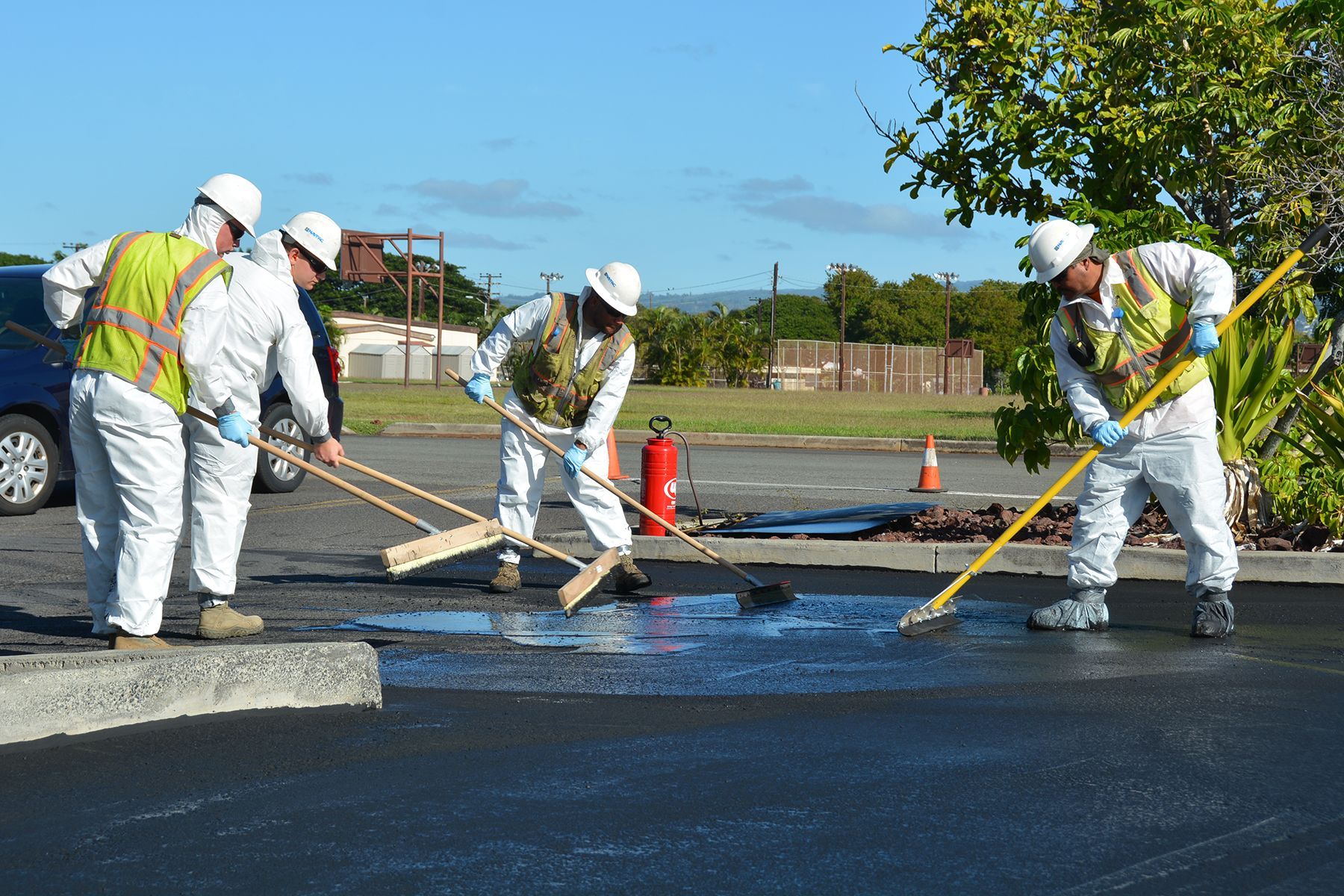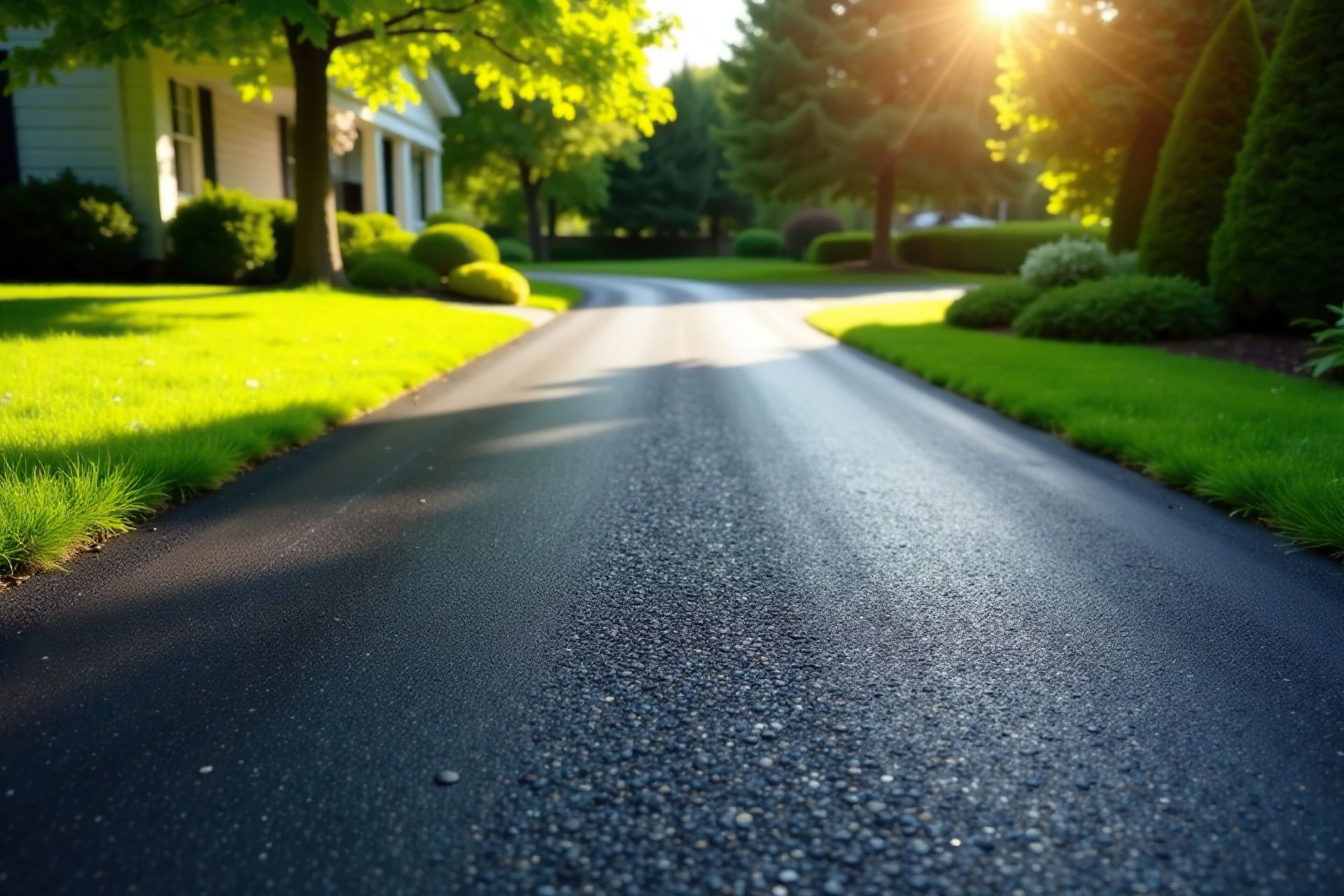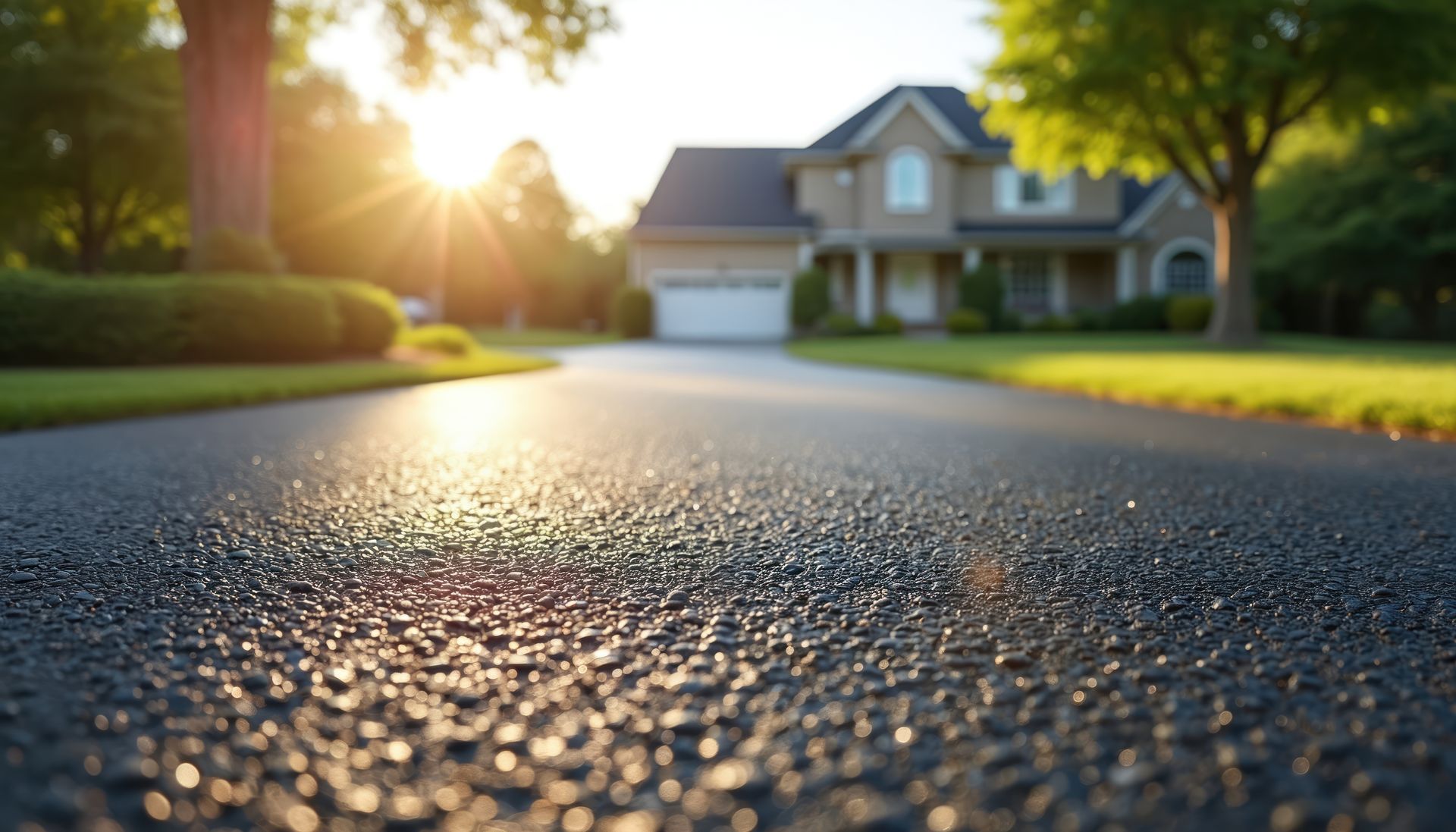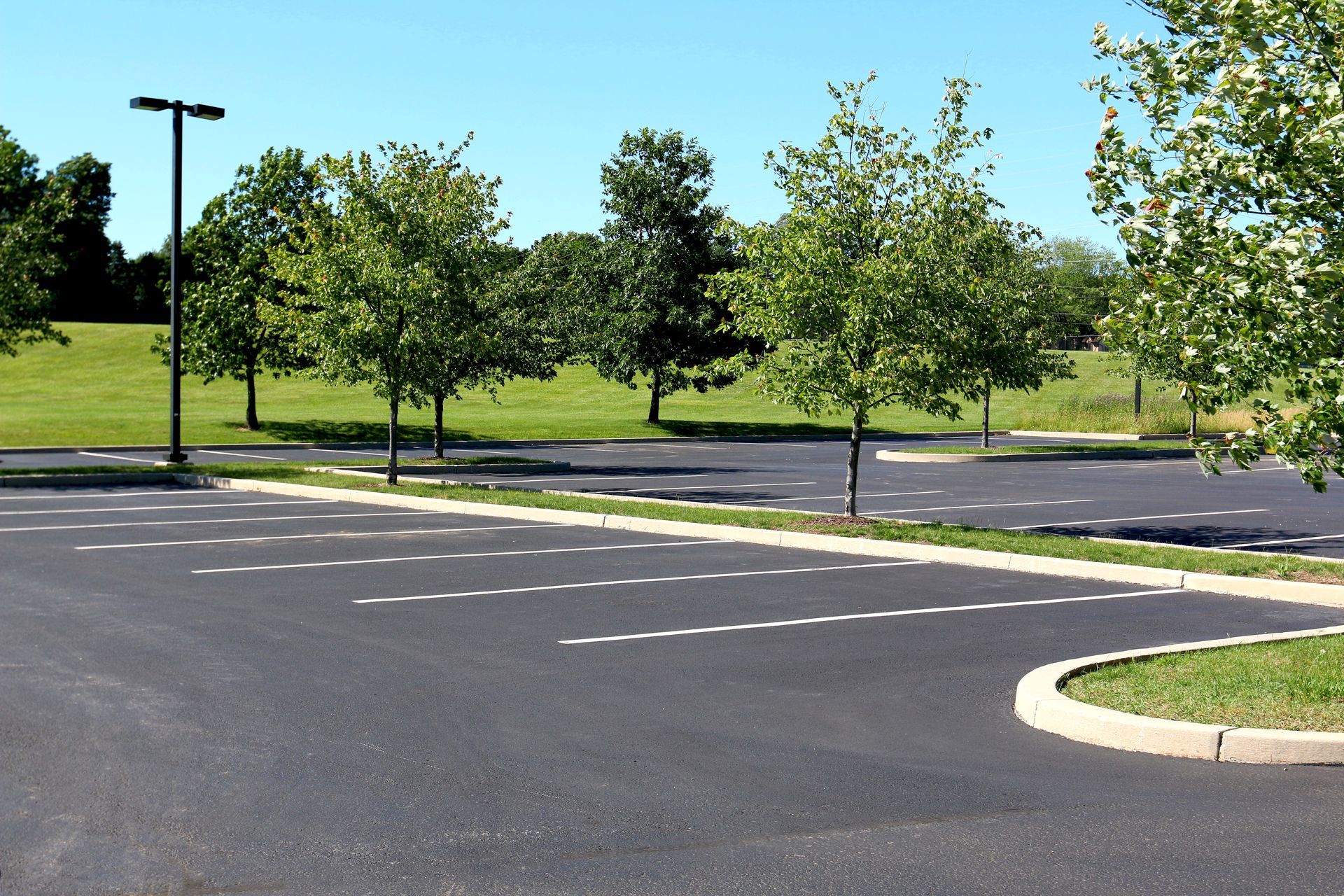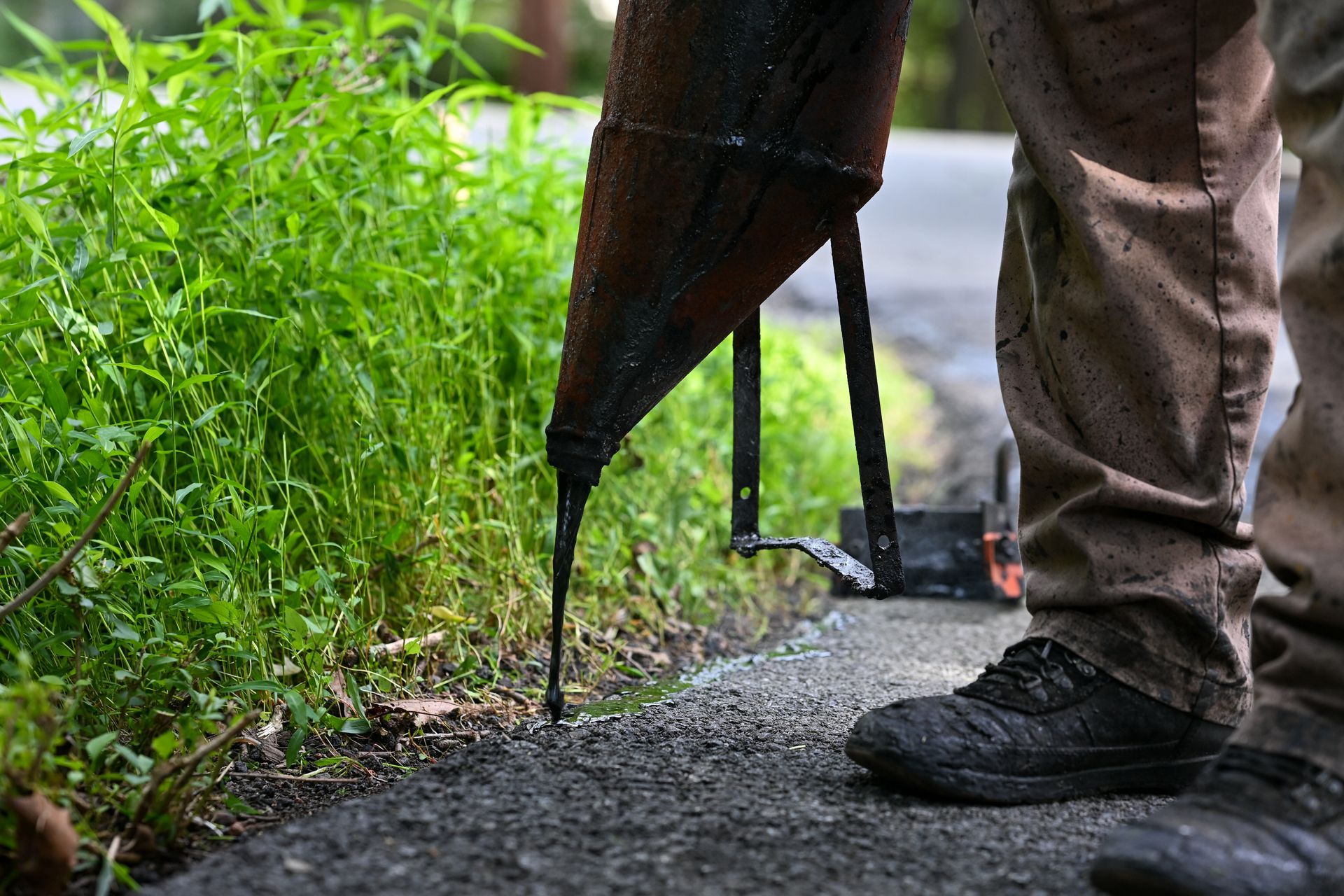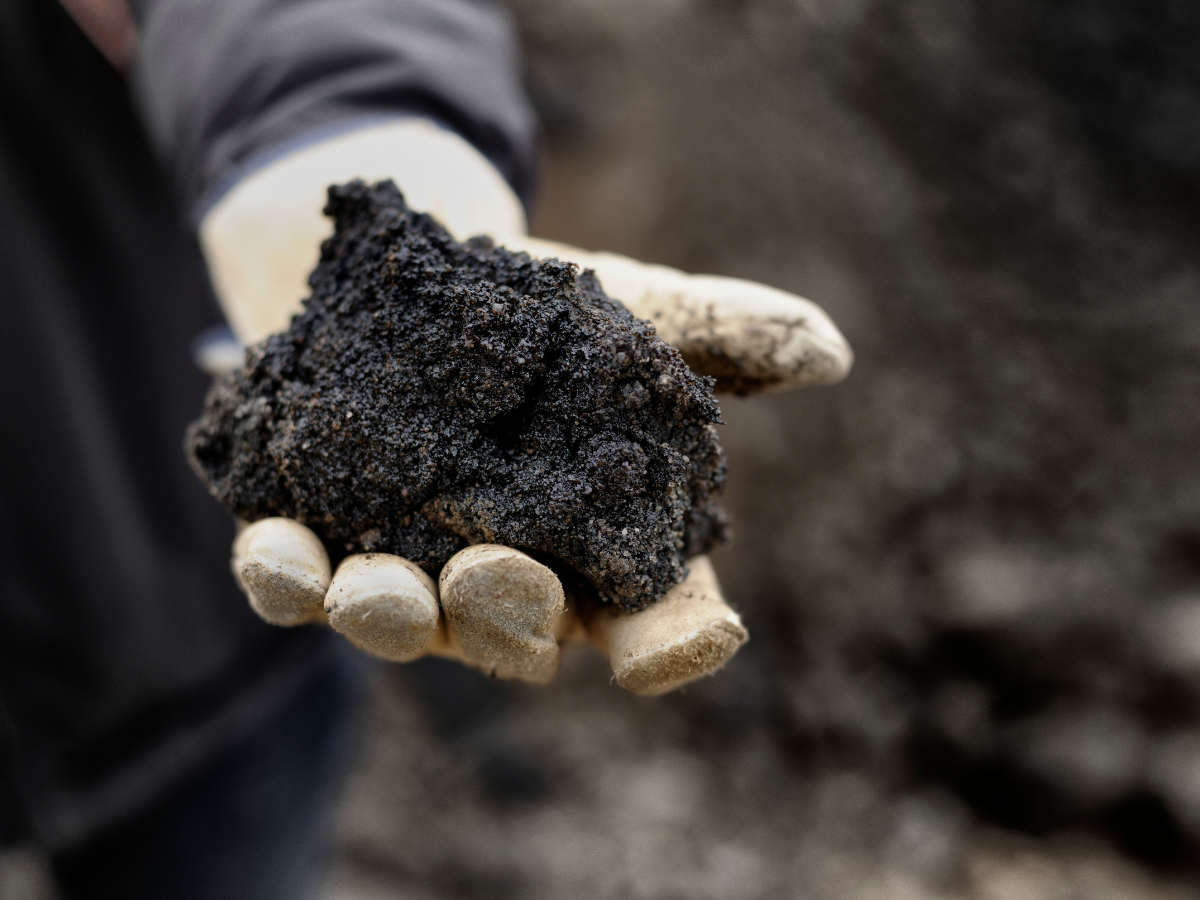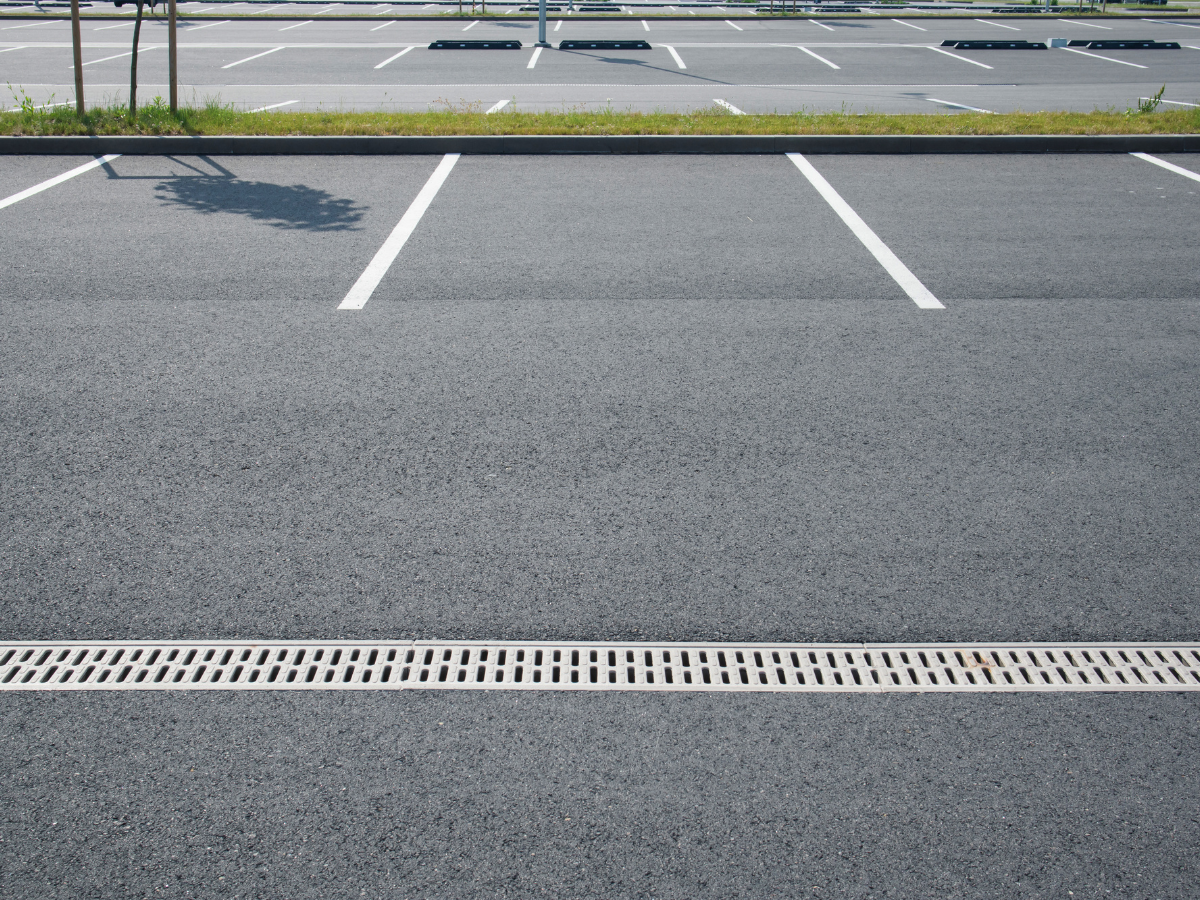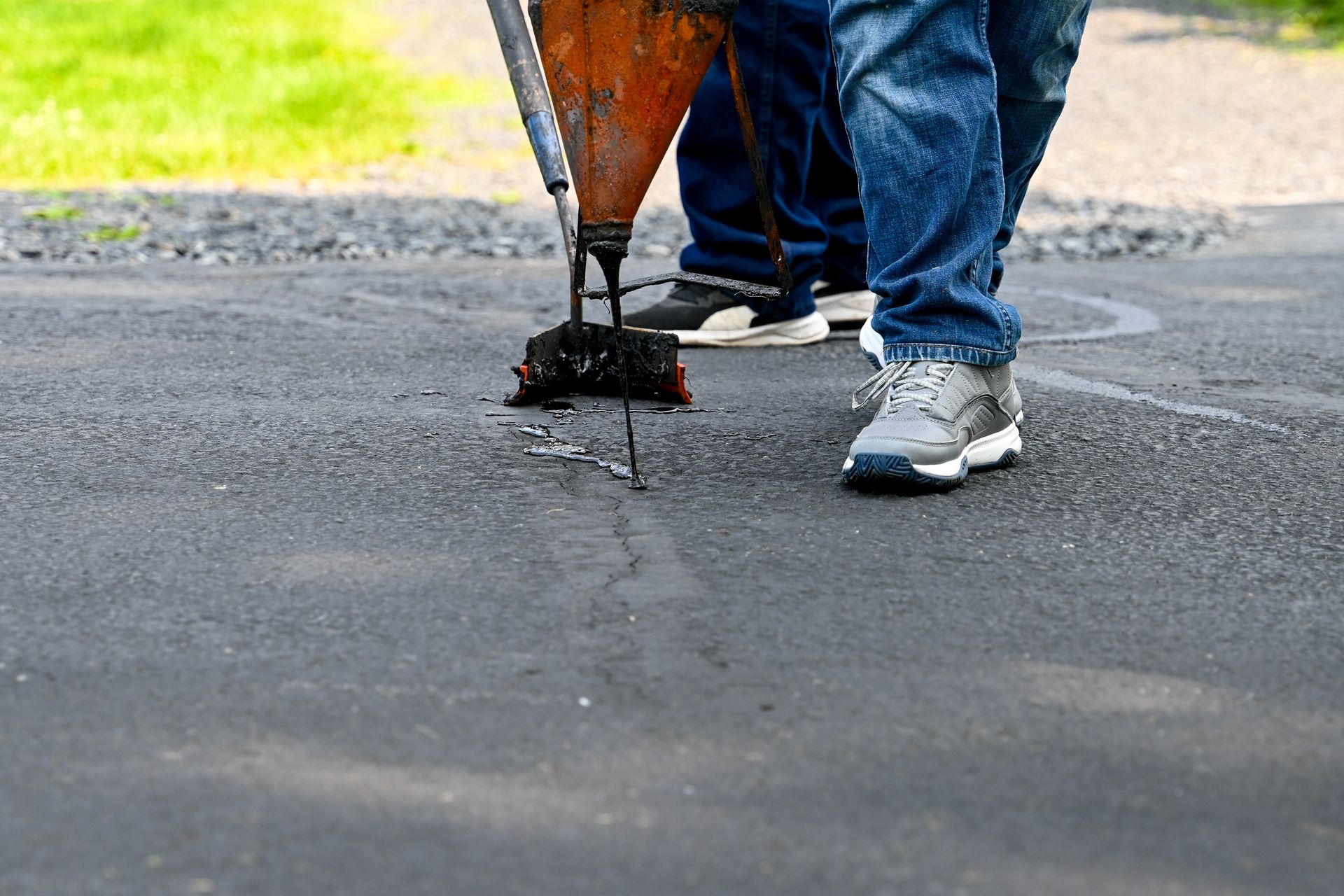Why You Should Sealcoat Before Summer Heat Arrives
As the warmer months approach, it's time to start thinking about the maintenance of your asphalt and cement surfaces. One crucial step in ensuring the longevity and appearance of your driveways and parking lots is sealcoating. But why is it so important to sealcoat your surfaces before the summer heat arrives? In this article, we'll explore the benefits of sealcoating asphalt and cement driveways and why timing is key.
The Importance of Sealcoating Asphalt
Sealcoating is a protective measure that involves applying a liquid sealant to asphalt and cement surfaces. This protective layer serves multiple purposes, from enhancing the appearance to extending the lifespan of your driveway. Here’s why sealcoating is essential:
Protecting Against Sun Damage
The sun's ultraviolet (UV) rays can cause significant damage to asphalt surfaces. Prolonged exposure to the sun can lead to oxidation, which makes the asphalt brittle and prone to cracking. By sealcoating your driveway, you add a protective layer that reflects UV rays, reducing the risk of damage and keeping the surface intact for longer.
Preventing Water Damage
Water is one of the biggest threats to the integrity of asphalt and cement surfaces. When water seeps into cracks and crevices, it can lead to the formation of potholes and further deterioration. Sealcoating acts as a barrier, preventing water from penetrating the surface and causing damage. This is particularly important before summer storms, which can exacerbate water-related issues.
Why Seal Asphalt Before Summer?
Timing is crucial when it comes to sealcoating. Applying a sealcoat before the summer heat arrives ensures that your driveway or parking lot is well-protected when it needs it the most. Here’s why you should consider sealcoating before summer:
Optimal Weather Conditions
Sealcoating requires specific weather conditions to cure properly. The ideal temperature for applying sealcoat is between 50°F and 85°F, with no rain in the forecast for at least 24 hours. By sealcoating in the spring or early summer, you can take advantage of these optimal conditions and ensure a proper application.
Preparing for Increased Traffic
Summer often means increased traffic on driveways and parking lots, whether from guests visiting for barbecues or customers frequenting your business. Sealcoating provides a durable surface that can withstand the wear and tear of increased use, reducing the risk of damage and maintaining a smooth appearance.
Photo By: Wikipedia
How Sealcoating Extends Surface Life
Sealcoating is not just about maintaining appearance; it significantly extends the life of your asphalt and cement surfaces. Here’s how it works:
Reducing Oxidation
As previously mentioned, oxidation is a major cause of asphalt deterioration. Sealcoating slows down the oxidation process by providing a protective barrier, keeping your asphalt flexible and less likely to crack over time.
Filling Surface Imperfections
Sealcoating fills in small cracks and surface imperfections, preventing them from worsening. By addressing these minor issues early, you can avoid costly repairs down the line.
Choosing the Best Driveway Sealer
When it comes to sealcoating, selecting the right sealer is crucial. Here are some factors to consider:
Type of Sealer
There are several types of driveway sealers available, including coal tar, asphalt emulsion, and acrylic. Each has its own benefits and drawbacks, so it's important to choose one that suits your specific needs and budget. For example, coal tar sealers are highly durable and offer excellent protection against the elements, while asphalt emulsion sealers are more environmentally friendly.
Professional vs. DIY Application
While DIY sealcoating is possible, hiring a professional can ensure the job is done correctly. Professionals have the experience and equipment needed to apply an even coat and handle any unforeseen issues. If you decide to go the DIY route, make sure to carefully follow instructions and choose a high-quality sealer for the best results.
Sealcoating and Striping
Sealcoating is often accompanied by striping, especially in commercial settings. Striping involves painting lines and markings on parking lots to designate parking spaces, fire lanes, and other important areas. Here's why combining sealcoating and striping is beneficial:
Improving Safety and Organization
Freshly painted lines and markings improve the organization of parking areas, making it easier for drivers to navigate and reducing the risk of accidents. Clear markings also ensure compliance with local regulations and enhance the overall appearance of your property.
Enhancing Curb Appeal
A well-maintained, freshly sealcoated and striped parking lot or driveway boosts curb appeal and creates a positive first impression for visitors or customers. It reflects well on your attention to detail and commitment to property maintenance.
Cement Driveway Coating: Is It Necessary?
While asphalt is more commonly associated with sealcoating, cement driveways can also benefit from a protective coating. Cement driveway coating offers similar benefits, including:
Protection Against Stains
Cement driveways are prone to stains from oil, grease, and other substances. A protective coating prevents these stains from penetrating the surface, making them easier to clean and maintaining the appearance of your driveway.
Reducing Wear and Tear
Cement coatings provide a layer of protection against the elements and daily wear and tear, extending the life of your driveway and keeping it looking its best.
Conclusion
Sealcoating is a crucial step in maintaining the health and appearance of your asphalt and cement surfaces. By sealcoating before the summer heat arrives, you protect your driveways and parking lots from sun and water damage, increase their longevity, and enhance their appearance. Whether you choose to do it yourself or hire a professional, ensure you select the right sealer for your needs and consider pairing sealcoating with striping for added benefits. By taking these steps, you'll enjoy a well-maintained, attractive surface that can withstand the test of time.
In need of Sealcoating services?
Contact NextGen Great Sealcoating today for all your sealcoating needs!
